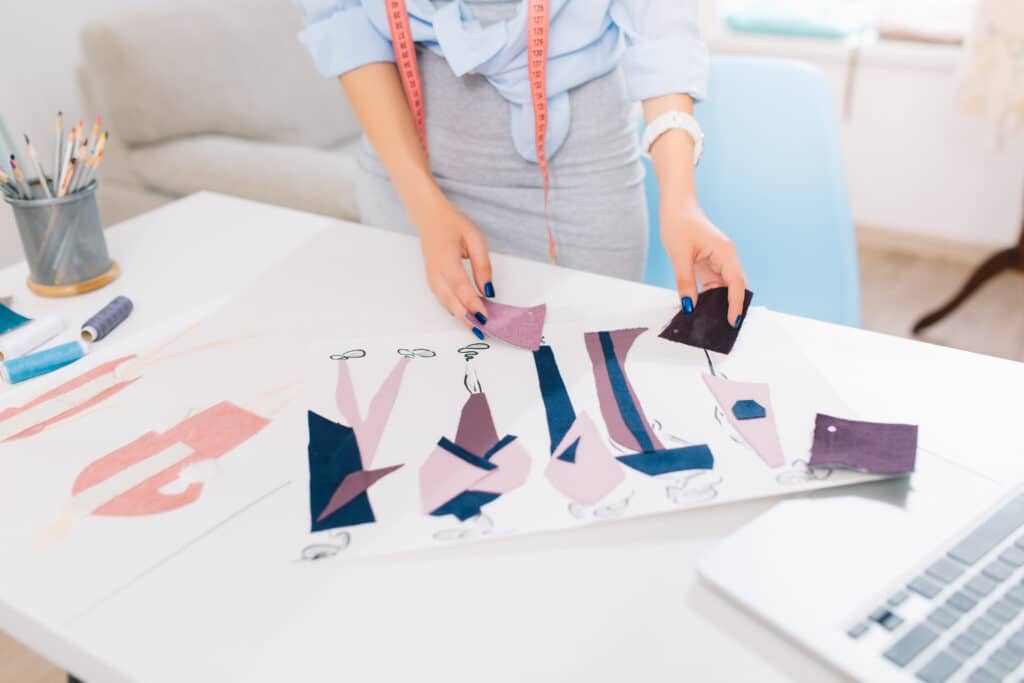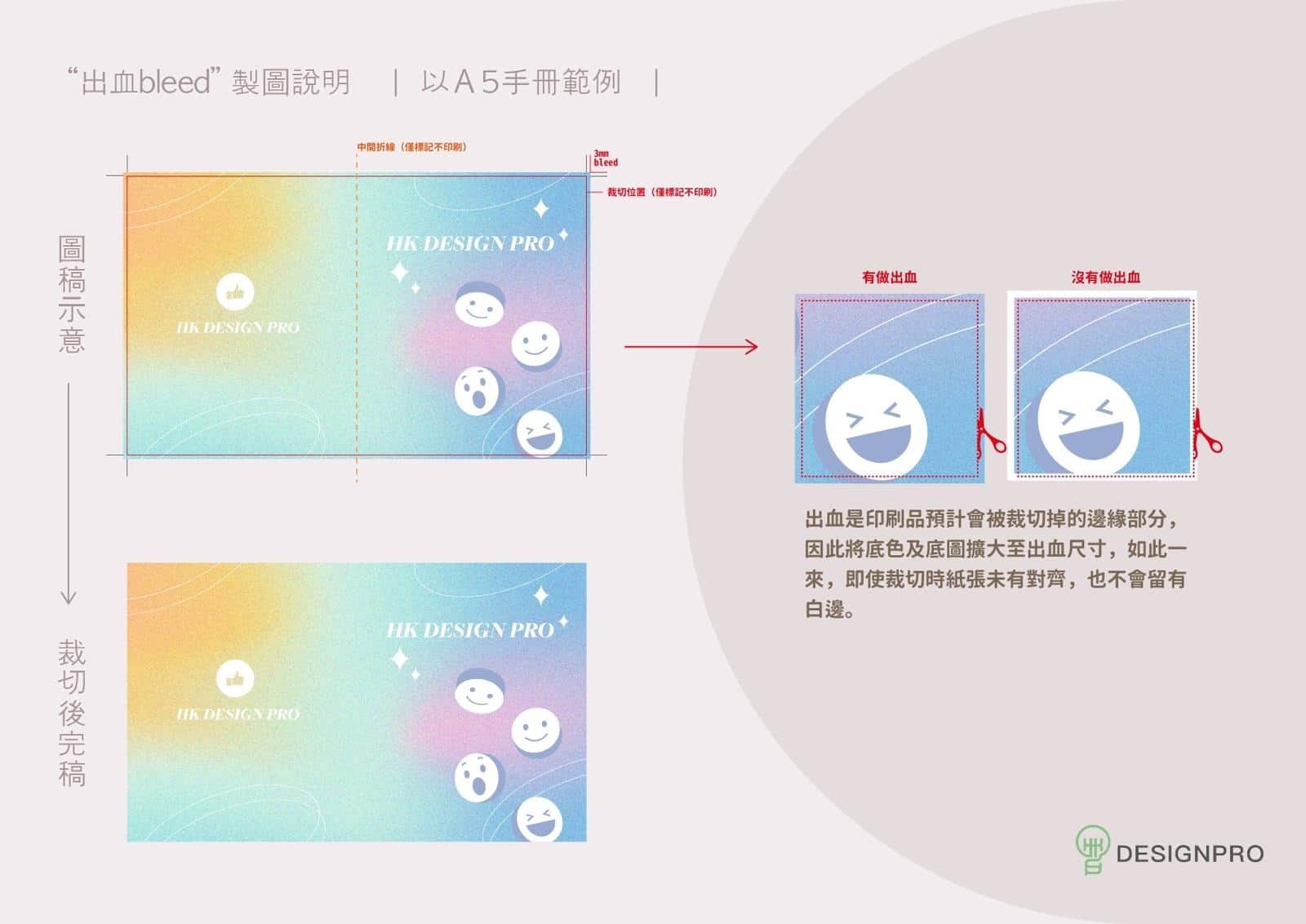Printing proofing, also known as "confirmation proofing", is a very important step in the print production process. The main purpose of this process is to ensure that the color and quality of the printed text and graphics can meet expectations. It plays a very important role in the publishing industry and design field. some people may askPrinting proofing necessity, especially when there are additional costs. We tell you three important reasons why printing proofing is indispensable.
1. What is printing proofing?
First, let’s understand what printing proofing is.
Print proofing, also known as "confirmation proofing", is a key step in the print production process. Its main purpose is to ensure that the text, graphics, color and quality of the final printed product meet expectations, ensuring customer satisfaction and the quality of the printed product.

2. Three importance of printing proofing
Ensure color accuracy
In print, accurate representation of color is crucial. Your design may include specific brand colors, or you may need to accurately represent the colors in a certain image or graphic. In this case, relying solely on a PDF screen proof is not sufficient because there are differences between the colors displayed on screen and those on print. This is because the screen uses the RGB (red, green, and blue) color model, while printing uses the CMYK (cyan, magenta, yellow, and black) color model.
One of the most economical methods of proofing is digital proofing, which usually uses a large digital inkjet printer, such as
Epson prints the design on a sample of actual paper. This way you can better evaluate whether the colors in your design are what you expect. This step becomes crucial when you need to use a large number of full-color images on the cover and inside pages.
Check special effects
In prints, various special effects are sometimes used, such as special colors, foil stamping, embossing and spot varnishing. These effects can increase the visual appeal of a print, but they also require additional process steps and can have a significant impact on the appearance of the final print. When you use these special effects, wetproofing may become a necessary step.
Traditional proofs are printed using the inks used in actual printing, allowing you to see how these special effects will appear on the actual print. This is a critical inspection step because the quality of special effects can vary depending on the printing press, paper, or other factors. With traditional proofs, you can ensure that the effects appear as you expect and make any necessary adjustments before actual printing.
Paper proofreading
Although many designers and publishers are used to proofreading on a computer screen, paper proofreading is still an indispensable step. Printed materials are ultimately presented to readers in paper form, so it is important to ensure that the way they appear on paper is as expected.

The colors of laser printouts produced by general photocopiers or printers are usually not accurate enough and cannot be used as a color reference for printing, but they can still be used to check issues such as font, layout, and position. This method is especially useful for those who prefer to proofread on paper instead of on a screen.
Finally, there is PDF proofing, also known as "soft proofing". Although PDF proofs do not fully represent actual printed colors, they can be used to proof other elements besides color, such as text, images, and typography. However, if you view a PDF proof using a calibrated Eizo screen, you can better evaluate its color accuracy.
Print proofing is critical to ensuring the quality and accuracy of your prints. It helps ensure accurate color rendering, check the quality of special effects, and perform on-paper proofreading to ensure prints look great when they are finally presented to readers. Although there may sometimes be additional costs involved, this step can help you avoid costly mistakes and reprint costs while ensuring your prints are of the expected standard.
Whether inDesign a book, print a brochure, create a posterWhether it is any other printing project, printing proofing is indispensable. It is an important guarantee for ensuring the quality of your creations, and is the best choice for meeting client needs and maintaining your professional reputation. Remember, investing in print proofing is a long-term investment that will bring you more happy customers and successful printing projects.











